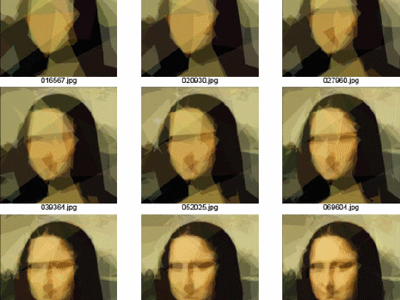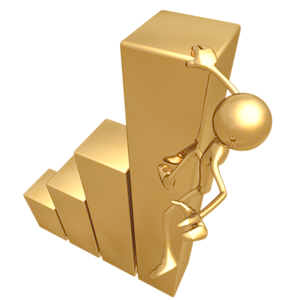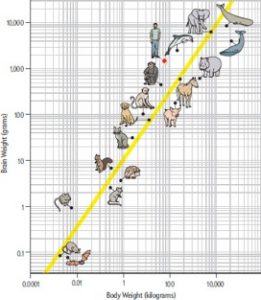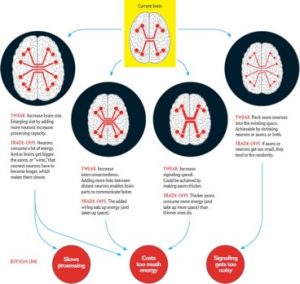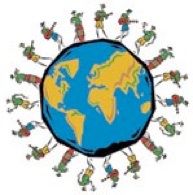One of the questions that has always been interested me in is how the process of “decision making” work. Us, humans, don’t act randomly and our decisions are based on a thought process inside our brains. What if a computer were to make a decision to get a certain result?
There are algorithms that evolve autonomously, called evolutionary algorithms.
The Genetic Algorithm (GA), is an example of them, that that evolves itself. The algorithm finds solutions to optimization and search problems. This evolutionary algorithm is used in large search spaces and inspired by natural selection. It is basically a trial and error process in which “the best” strategy” wins.
There are many amazing examples, here you can find two of them:
